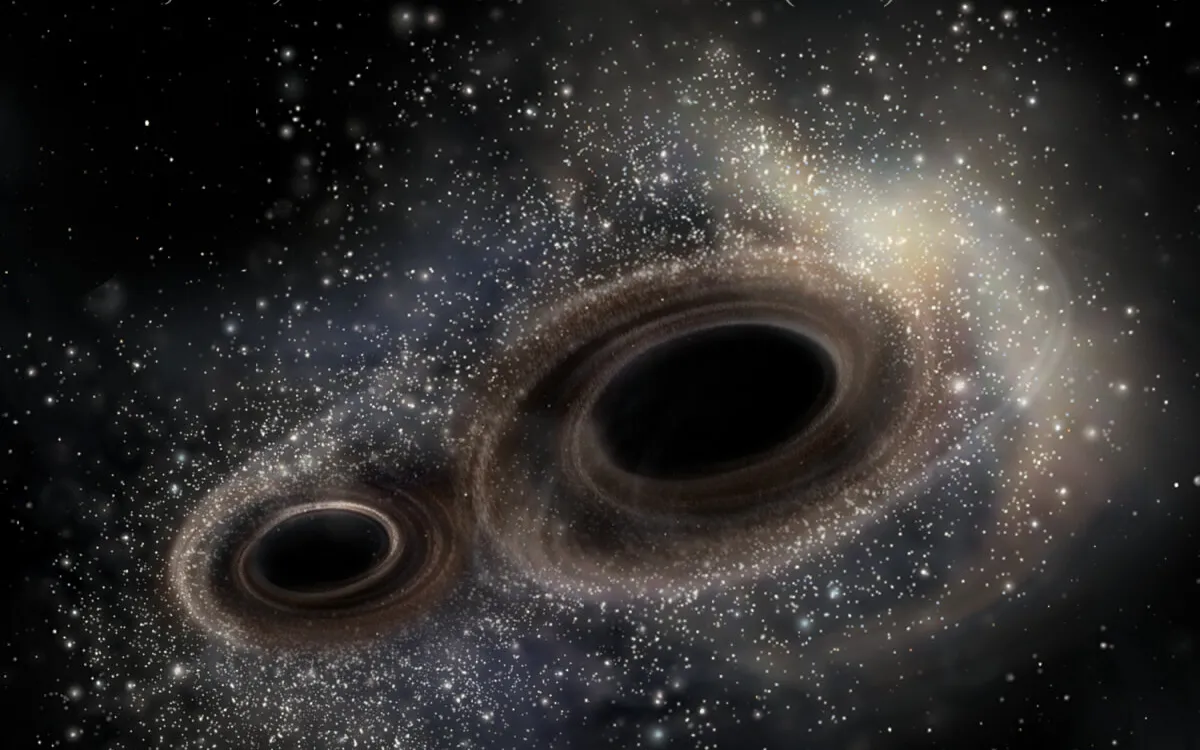
Extreme cosmic events, such as the collisions of black holes and the explosions of stars, produce ripples in spacetime known as gravitational waves. The groundbreaking discovery of these waves has opened up a new frontier in our understanding of the universe. However, observing these elusive signals necessitates the use of ultra-precise detectors, a task that presents a significant scientific challenge. Researchers at the Max Planck Institute for the Science of Light (MPL) are tackling this challenge by leveraging artificial intelligence to explore a vast array of potential designs for innovative detectors.
In a recent publication in the journal Physical Review X, MPL researchers revealed their exciting findings. More than a century ago, Albert Einstein theoretically predicted the existence of gravitational waves. Yet, it wasn't until 2016 that these waves could be directly detected, a feat made possible by the complex development of the necessary detectors. Dr. Mario Krenn, who leads the Artificial Scientist Lab at MPL, has collaborated with the team behind the LIGO (Laser Interferometer Gravitational-Wave Observatory) detectors to introduce an AI-based algorithm named Urania. This innovative algorithm is designed to create novel interferometric gravitational wave detectors.
Interferometry is a sophisticated measurement method that relies on the interference of waves, specifically their superposition upon interaction. The design of these detectors requires meticulous optimization of both their layout and parameters. The MPL team has transformed this intricate challenge into a continuous optimization problem, which they have successfully addressed using techniques inspired by modern machine learning. Their research has yielded numerous new experimental designs that exceed the capabilities of the best-known next-generation detectors.
The results obtained from Urania have significant implications, potentially enhancing the range of detectable signals by more than an order of magnitude. The algorithm's solutions have led to the rediscovery of several established techniques, as well as the introduction of unconventional designs that could fundamentally alter our approach to detector technology. After approximately two years of developing and applying their AI algorithms, the researchers uncovered dozens of new solutions that appear to surpass human-engineered experimental blueprints. Dr. Krenn emphasizes the importance of understanding what insights the AI has provided that may have been overlooked by human researchers.
The MPL team has compiled a collection of the 50 top-performing designs into a publicly accessible Detector Zoo, making these innovative concepts available to the scientific community for further exploration. Their recent publication underscores the capability of AI to unveil novel detector designs and inspire human researchers to pursue new experimental and theoretical avenues. This research hints at a broader role for AI in the development of future tools essential for exploring the universe, spanning from the tiniest particles to the grandest cosmic phenomena.
As we enter an era where machines can generate superhuman solutions in science, the role of human researchers is evolving. Understanding and interpreting the discoveries made by AI will undoubtedly become a prominent aspect of scientific progress. Dr. Krenn asserts, “This will certainly become a very prominent part of the future of science.” The collaboration between AI and human intellect paves the way for unprecedented advancements in our quest to understand the universe.